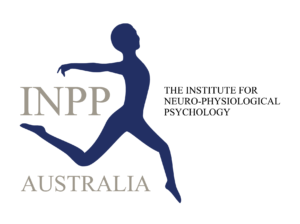Press Release from Sally Goddard Blythe March 10th, 2021…
Neuromotor Readiness for School
New findings suggest that 60 per cent of children may be entering the school system lacking some of the fundamental physical capabilities, which underpin academic learning.
There are many factors involved in school readiness, a term used to describe the extent to which a child is prepared cognitively, socially, emotionally and physically to start school.
A new study published in Education 3–13, investigated the physical readiness of 120 children in the United Kingdom in the September they started formal schooling (aged 4 -5). The study found that 60 per cent of the sample showed signs of significant immaturity in the postural and motor skills needed to support motor aspects of learning in the classroom.
Motor aspects of learning underpin a child’s ability to sit still, develop control of specific eye movements that are required for reading, writing, copying and catching a ball, and the hand-eye coordination involved in handwriting.
Approximately half of these children participated in a movement programme (Movement for Learning) with 108 of them available to reassess at the end of the academic year. The children who received no additional physical input throughout the school year showed no improvements in indicators of neuromotor function when compared to children who had participated in Movement for Learning.i
The researchers concluded that the early years of education up to Year 2 should include the opportunity for children to develop and practise motor skills with the:
- Re-introduction of regular screening of children’s neuromotor function at the time of school entry and at key stages in the educational process to help identify and prevent the onset of under-achievement and possible secondary associated behavioural problems linked to immature neuromotor function; and the
- introduction of specific daily movement programmes, which have been shown to be effective in reducing signs of neuromotor immaturity, into early years and primary education settings as standard practise.
Further large-scale research is needed, particularly in relation to: neuromotor screening; appropriate physical development provision prior to and during school; and developmental movement interventions for older children.
These are recommended with a view to improving the physical foundations for learning, thereby helping to provide a more level playing field for all children in terms of physical foundations for learning in the first year(s) at school and prevent the onset of possible related future under-achievement.
(Ethical application supported by the University of Loughborough)
Corresponding authors:
Sally Goddard Blythe MSc. sally.blythe@inpp.org.uk (07974 268350 for press enquiries only)
Rebecca Duncombe PhD info@movelistenandlearn.co.uk
Pat Preedy professorpreedy@gmail.com
Journal access: http://dx.doi.org/10.1080/03004279.2021.1895276.




